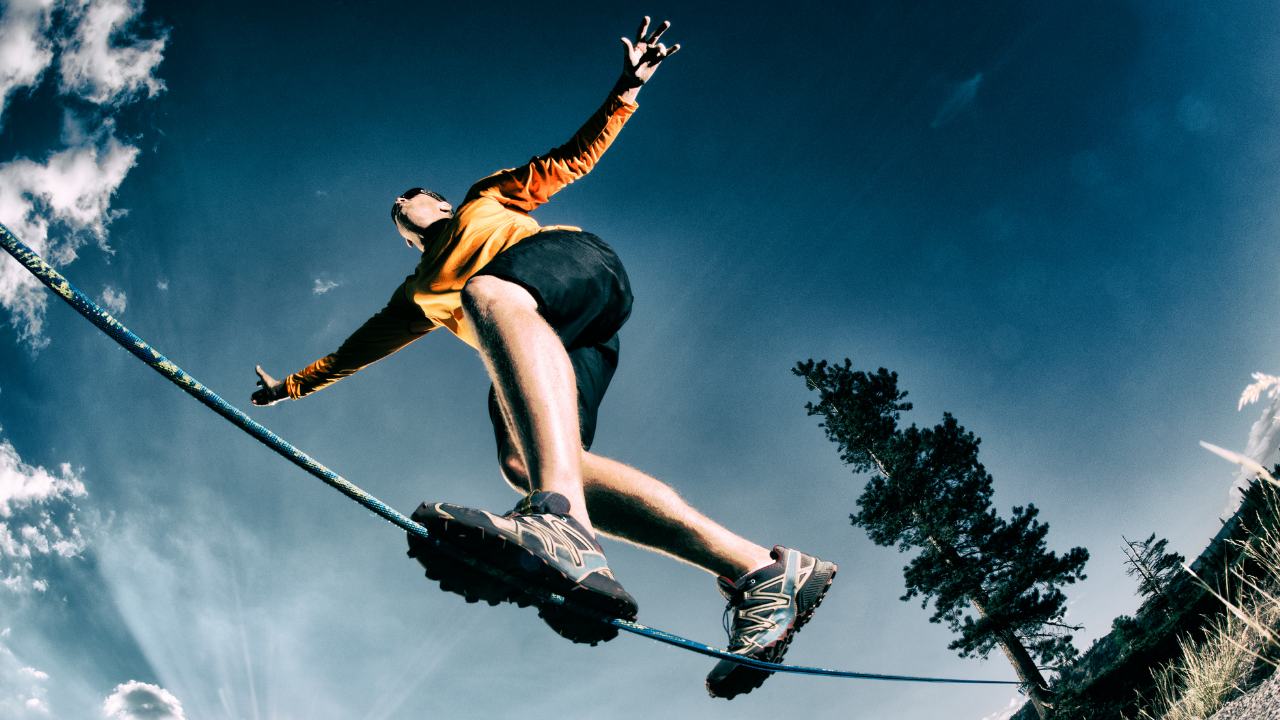Are You Moving in Balance? Three Ways to Tell
Mar 31, 2012
1. Uneven Shoe and Foot Wear
The sole of your shoe can indicate a great deal about how you are striking the ground when engaged in a repetitive motion weight-bearing sport, such as running, walking or hiking. If there is more wear on the inner edge of your shoe, your foot may be pronating, rolling onto the inner edge. Wear on the outer edge indicates supination, rolling to the outer edge. You might also notice increased wear on the toe or heel of the shoe. Also, check the inside of the shoe for wear, especially important for non-weight-bearing continuous sports like cycling. Observe if there is breakdown around the heel cup or on the sides, top or bottom of the shoe.
Any difference left to right, front to back or top to bottom is an indicator of uneven use. Blisters, bunions, hammer toes, plantar fasciitis, etc., can all be signs of a movement discrepancy. As far as musculoskeletal function is concerned, having the same problem on both feet is a good indicator and is probably an equipment issue.
My husband, Ken often develops blisters on his right heel during long hikes. Previous knee surgeries have altered his walking pattern on this side of his body. His right foot position, another compensation from the injuries, points out whereas his left points straight. The unbalanced movement in his knee travels down his lower leg affecting his foot strike creating friction and a resultant blister on the back of his heel. Examination of his shoes, both sport and dress, show increased signs of wear on the inner right heel.
2. Unilateral Muscle Soreness
It is common to be sore after activity, especially if you have not done it recently or are pushing your distance or intensity. The soreness you feel, however, should be symmetrical. If one hamstring, hip or shoulder is consistently tighter than the other after playing your sport, this tightness is a concern. It is likely you are moving in a compensated manner during the activity. The human body is a bilateral machine and each side should be used equally.
A couple years ago when training for my first trail running half marathon, I repeatedly felt excessive tightness in my right hip and butt. Massage would help short-term, with my uneven pelvis and lopsided running stride the discomfort quickly returned. If left untreated, the pain would spread to my lower back and up to my neck. Once I gained a stable pelvis and improved my running technique the pain subsided.
3. Repeat Injuries on the Same Side
I often see clients that tell me all of their pain and repetitive injuries occur on one side of their bodies from their shoulders to their ankles. Having had three left knee surgeries and one left hip surgery, I can relate. It is not that the left side of my body is older than the right, rather the left and right sides were not moving in harmony. My left side was working harder than the right and in a poor position. My body could not handle the extra load and, consequently, broke down.
Stay connected with news and updates!
Join our mailing list to receive the latest news and updates from me.
Don't worry, your information will not be shared.
We hate SPAM. We will never sell your information, for any reason.

